

This article presents a three-part playful learning framework to help educators move from a culture of compliance to one of agency and curiosity.
Elias Blinkoff, Charlotte Anne Wright, Molly Scott, Katelyn Fletcher, Allyson S. Masters, Hande Ilgaz, Lien Vu, Kathy Hirsh-Pasek, Roberta Michnick Golinkoff
Members Only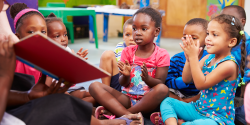
In “The Preschool Birth Stories Project,” the children are absorbed in family narratives about their own and their classmates’ births.

NAEYC’s Emergent Curriculum and the Cycle of Inquiry Approach course, is the first step on your journey to guiding children through an emergent curriculum.
Members Only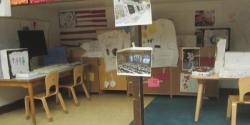
مع توفر مجموعة واسعة من الخيارات المتزايدة في التعقيد فيما يخص تعليم الطفولة المبكرة نجد أن المعلمات والإداريات يقمن بصورة دائمة بعملية تقييم للنماذج والنُهج والمواد التي تدعم تعلم الأطفال وأكثرها نجاعة في ذلك

Through the following examples, we aim to show how teachers can support young children’s growth in ways that are important to emergent writing development, with a focus on content knowledge, genre knowledge, and visual literacy.
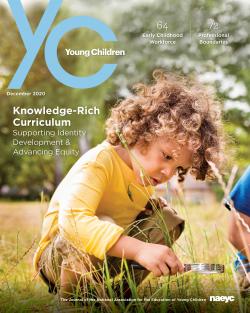
The December issue of Young Children includes a cluster of articles with perspectives on enriching curriculum by connecting lessons to children's social and cultural contexts.
Members Only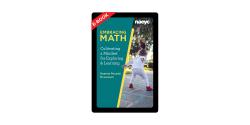
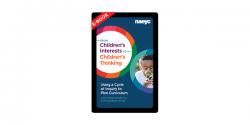
E-Book version of the publication, From Children's Interests to Children's Thinking: Using a Cycle of Inquiry to Plan Curriculum
Members Only
Emergent curriculum arises from the things that fascinate children—what they see, what they wonder about, what they develop theories about. Exploring these elements with children and using their interests to drive curriculum can be challenging for teache
Members Only
Discover what math teaching and learning look like in the playful, emergent environment of the early childhood classroom. Every day, children explore math concepts in their conversations and interactions.